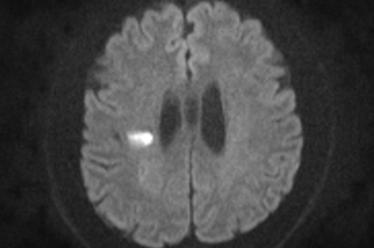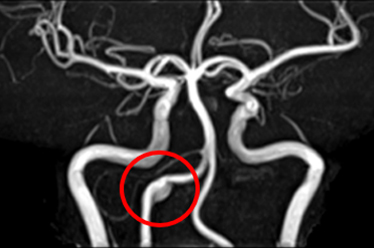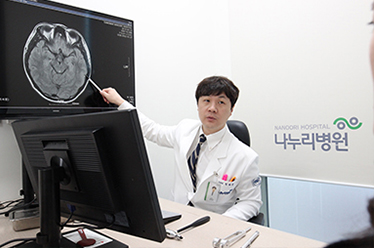Cerebrovascular Disease refers to diseases such as Cerebral Infarction (Ischemic Stroke), Cerebral Hemorrhage (Hemorrhagic Stroke), Cerebrovascular Stenosis, Vertebral Artery Dissection, and Cerebral Aneurysm (Saccular).
There are strokes related to speech disorders, hemiplegia, dizziness, and headaches, but cerebrovascular stenosis and cerebral aneurysms are more often accompanied by no clear symptoms.
 [Acute Cerebral Infarction] |
In the case of cerebral infarction, it is a symptom caused by blockage of blood vessels in the brain, and the typical symptoms are difficulty speaking or paralysis of one limb. |
 [Vertebral Artery Dissection] |
Sudden pain in the back of the neck is the main symptom, and cerebral infarction or cerebral hemorrhage may occur due to vertebral artery dissection. Severe dizziness or limb paralysis may follow. |
It is important to make an accurate diagnosis through MRI and receive appropriate treatment in a short time so that there is no disability left through rehabilitation treatment.
 [Brain MRI Scan & Clinical Diagnosis] |
 [Brain MRI Scan & Clinical Diagnosis] |
Brain MRI Scan
This is a test to diagnose abnormalities in brain tissue and blood vessels. Compared to CT scans, the resolution is better, so the location of brain lesions and blood vessel conditions can be clearly identified.
